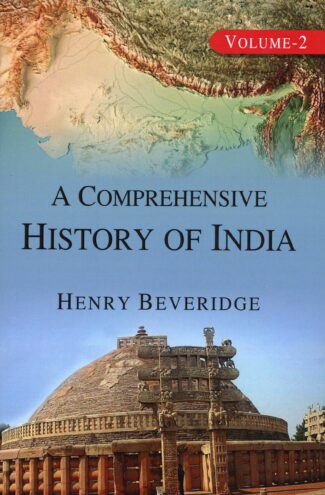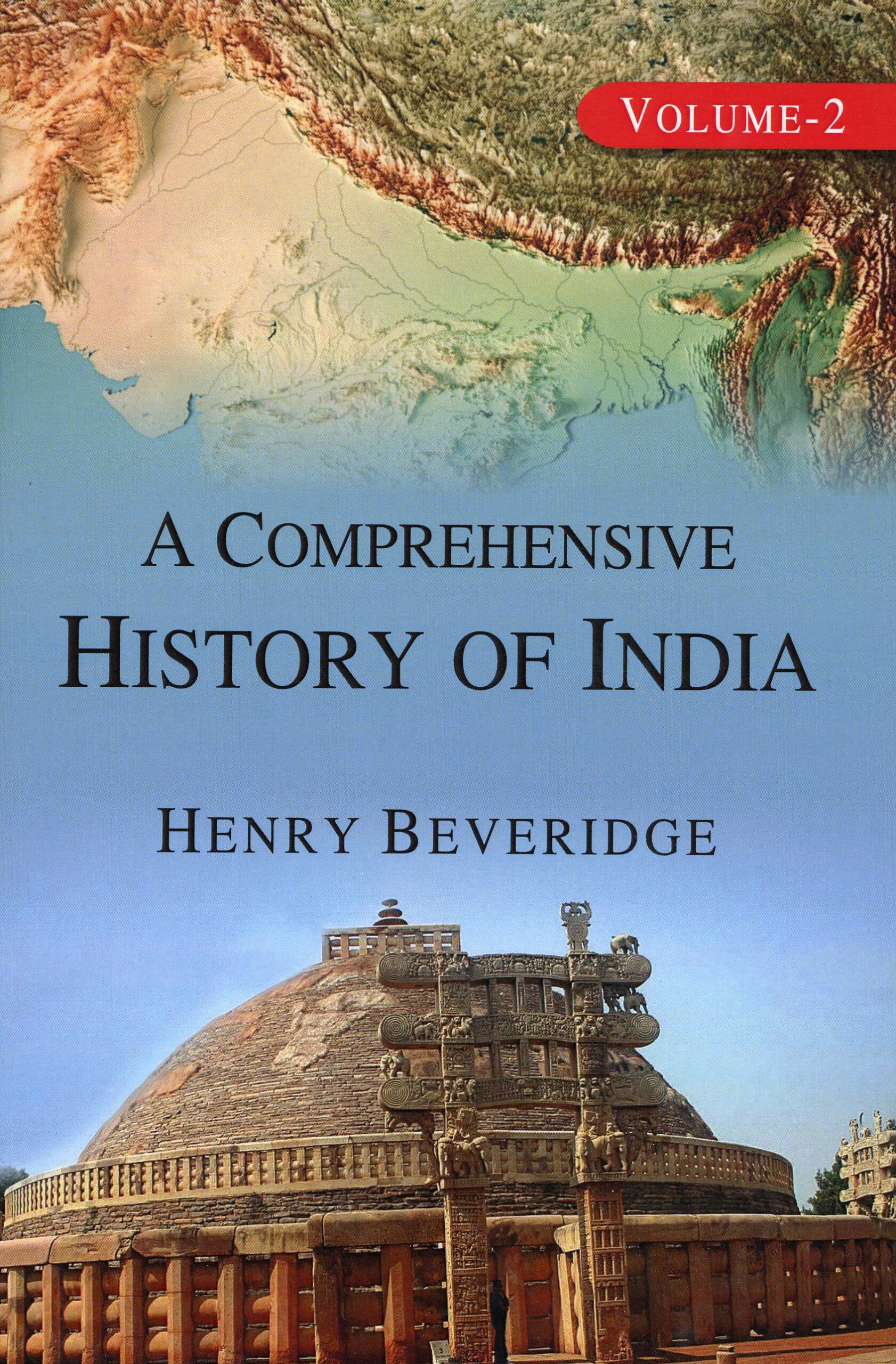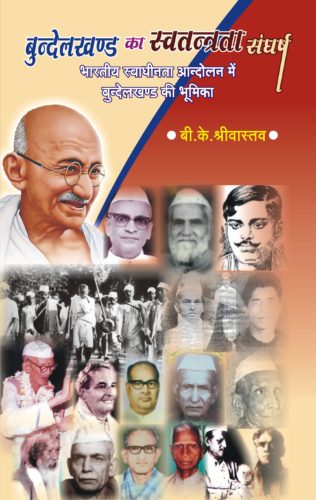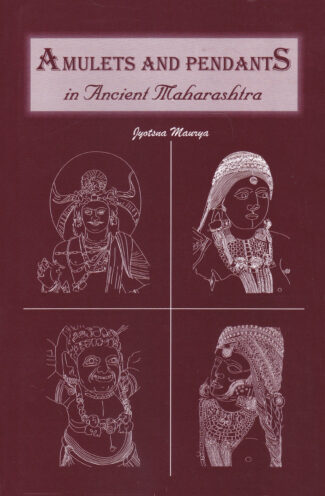

A Comprehensive Hist...
A Comprehensive History of India Volume 2
by: Henry Beveridge₹2,500.00 Original price was: ₹2,500.00.₹2,250.00Current price is: ₹2,250.00.
ISBN: 9789392443114
Year Of Publication: 2023
Edition: 2nd
Pages : xii, 1090
Bibliographic Details : Index
Language : English
Binding : Hardcover
Publisher: Suryodaya Books
Size: 23
Weight: 1.320
Published in 1862, Beveridge’s A Comprehensive History of India is an important landmark in the historiography in modern India. In writing it Beveridge did not trust to previous compilations but derived his materials as much as possible from original and official sources. Written after due research in a perspicuous style, Beveridge has narrated the history of India beginning with its earliest period and continued to be mutiny of 1857, thus making his history a complete and comprehensive history of India. Besides, Beveridge’s interpretation of history is more objective and impartial than many historians of India who wrote before and after him. As a result it became possible for Beveridge to see the many events of Indian history without being biased. That is why Beveridge will find today more readers than, say, historians like Mill’s and Vincent Smith.
“A Comprehensive History of India Volume 2” Cancel reply
- Sale!Interstate Relations in Northern Indian by: Shiva G. Bajpai
₹1,400.00Original price was: ₹1,400.00.₹1,260.00Current price is: ₹1,260.00.The book thus delves deep into the philosophies of both Bdaryaa and akara in enunciating the essential features of Brahman and Its association with the world. It thus discusses topics such as what sort of cause Brahman is?, and what sort of material causality is to be ascribed to It? It also addresses the conflicting views on the nature of Brahman like that of Vivarttavda and of Rmnuja’s Sagua-Brahman.
- Sale!Bundelkhand ka Svatantrata Sangarsha by: Brajesh Kumar Shrivastava
₹680.00Original price was: ₹680.00.₹612.00Current price is: ₹612.00.प्रस्तुत पुस्तक के द्वारा भारत के स्वतंत्रता संघर्ष में बुन्देलखण्ड की जनता के योगदान को सामने लाने का प्रयास किसा गया है। गांधीजी की बुन्देलखण्ड यात्रा एवं ओरछा के समीप सतार नदी के किनारे चन्द्रशेखर आजाद के हरिशंकर ब्रह्मचारी के नाम से कुटिया बनाकर रहने से समस्त बुन्देलखण्ड में तेजी से राष्ट्रवादी भावनाओं का प्रसार हुआ। 1923 के झण्डा सत्याग्रह एवं 1930 के जंगल सत्याग्रह में बुन्देलखण्ड के लोगों ने बढ़-चढ़कर भाग लिया। ब्रिटिश भक्त देशी रियासत के राजाओं ने जब जनता पर अत्याचार किया तो जनता ने प्रजामण्डल की स्थापना कर उनका विरोध किया। इसी विरोध के फलस्वरूप संक्रांति के मेले के दिन 14 जनवरी 1931 को छतरपुर जिले में जलियाॅवाला बाग की तरह ही चरण-पादुका हत्याकाण्ड घटित हुआ। पं. माखनलाल चतुर्वेदी ने कर्मवीर समाचार पत्र के माध्यम से 1920 में रतौना में खोले जाने वाले कसाई खाने का इतना प्रखर विरोध किया कि सरकार को घबराकर अपनी कसाईखाना खोलने की योजना त्यागनी पड़ी। यह एक ओर बुन्देलखण्ड की धरती पर अंग्रेजों की करारी शिकस्त थी, तो दूसरी ओर पं. माखनलाल चतुर्वेदी की पत्रकारिता की महत्वपूर्ण जीत थी।
सागर के भाई अब्दुलगनी, ज्वाला प्रसाद ज्योतिषी, केशवराव खाण्डेकर एवं मास्टर बलदेव प्रसाद, दमोह के भैयालाल चैधरी, अजयगढ़ पन्ना के चंदीदीन चैरहा, छतरपुर के पं. रामसहाय तिवारी, टीकमगढ़ के लालाराम वाजपेयी एवं झांसी के भगवानदास माहौर आदि ने बुन्देलखण्ड के स्वतंत्रता संघर्ष को गति, दिशा एवं अर्थ प्रदान किया। इन्हें पं. द्वारका प्रसाद मिश्र एवं पं. सुन्दरलाल तपस्वी का कुशल नेतृत्व एवं मार्गदर्शन मिला। गोवा मुक्ति आन्दोलन में भी सागर की सहोद्राराय एवं केसरी चन्द मेहता सहित अनेक सत्याग्रहियों ने गोवा जाकर आन्दोलन को सफल बनाया। उक्त सभी घटनाक्रम की रोचक, सहज, सरल, सुबोध एवं तथ्यपरक जानकारी इस पुस्तक में दी गई है। छात्रों, शोधार्थियों, शिक्षक बन्धुओं सहित प्रत्येक वर्ग के लोगों को यह पुस्तक ज्ञानवर्धक एवं रुचिकर लगेगी। - Sale!Artisans and Craftsmen of Northern India by: Kuldeep Singh Thind
₹1,100.00Original price was: ₹1,100.00.₹990.00Current price is: ₹990.00.The basic aim of the book is to expose the major contributions of artisans and craftsmen in portraying the society in different perspectives. These artisans and craftsmen, were drawn mostly from the shudras, lower caste of the community, suppressed and have-nots section of the society, but were highly talented. The work is also designed to create interest among the reader and scholars alike, to understand the society of the period under reference through the immortal art of these creative people. The artisans such as potters, weavers, carpenters, architects, sculptors, brick-makers, metallurgy and metal workers, leather workers, painters, and the workers engaged in the profession of ivory, glass and mirror, perfume and cosmetic, musical instrument, oil, salt and liquor makers, etc. were the heroes of that time, who not only met the day-to-day requirement of the then society, but also portrayed different aspects of their life, in its true color, through their workmanship. It was the architect who designed and constructed houses to live in, as well as water tank, well and channel, royal building, stupa, temple and fort, bridge, pillar and rock-edict etc., which met the need of the society.
Today, we feel proud of the rich heritage of old Indian art and architecture, credit for which solely goes to the then artisan who crafted immortal creations. However, the invaluable contribution made by the historians in immortalizing their creations, by putting them in black and white, is no less important. It is the historian, whose mighty pen has immortalized not only Ashoka the great, as a king but also the creators of the stupas of his times on equal footings. It is with this aim in view that the present book has been presented to the posterity, in order to pay rich tributes to the creators of our rich cultural heritage.
Unluckly there was no proper institutionalized provision for the education of artisans and craftsmen, so generally the former adopted the occupation of their parents and hereditary skill was enhances as it was transferred from father to son, and generation to generation. Contemporary sources reveal that the social stautus of artisan class was based on the nature and economic conditions of a particular profession. - Sale!Art & Archaeology of India by: B.S. Hari Shankar
₹700.00Original price was: ₹700.00.₹630.00Current price is: ₹630.00.The book begins with an introduction on the prehistoric and proto-historic cultures of India. Well-known historians discuss human evolution as gathered from hominid fossil remains, pre-human hominid remains of the Siwaliks and fossil remains of the Narmada basin. The systematic study, mentioning the areas of finds and their geography and other characteristics, examines the nature of cultural relics belonging to each period and dynastic rule; agriculture, trade, settlement and migration patterns related to making, use and spread of art materials; how the finds reflect upon rise of craft and industrial centers at the time; and social and religious aspects of society that are revealed by the art and architecture of the periods. Importantly, it reveals the interchange of cultural thoughts and lifestyles and of art and architectural influences; and the synthesis of artistic style and materials as evident in especially the periods of Muslim rule in India. The book also features fossil finds, art and architectural materials pertaining to painting, pottery, sculpture and iconography, and literary materials like Persian documents housed in the Indraprastha Museum of Art and Archaeology, New Delhi. The materials date from the stone ages, Indus-Saraswati Civilization and Chalcolithic period to what are commonly identified as the ancient medieval and modern periods of Indian history. The volume will be useful to scholars and students of various disciplines history, archeology, art and culture, and sociology.
- Sale!Amulets and Pendants in Ancient Maharashtra (3rd c. bc to 3rd c. ce) by: Jyotsna Maurya
₹220.00Original price was: ₹220.00.₹198.00Current price is: ₹198.00.The book documents Indias rich tradition of ornamentation as reflected in its numerous and varied collection of amulets and pendants recovered from archaeological excavations in Maharashtra. It studies the significance of these ornaments as a visible expression of the artistic excellence and cultural wealth of the ancient Indian civilisation particularly at the time of the great Mauryan and Satvahana dynasties. Discussing the evolution of these portable charms against their socio-economic and religious background, the authoress examines the different types of amulets and pendants excavated, the techniques used in making them, their parallels in literary and sculptural representations, and Buddhist influence on them. Giving insights into the sources of raw materials used in these charms, she takes up in detail the trade relations of a specific site with other contemporary sites. With a number of figures and maps, the work promises to be useful to both scholars and students of Indology focussing on facets of Indian culture.










There are no reviews yet.